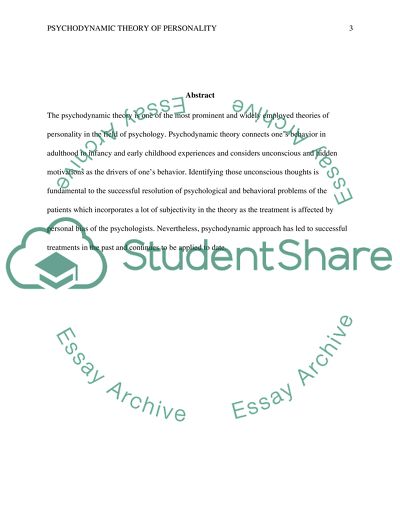Cite this document
(“Psychodynamic Theory of Personality Research Paper”, n.d.)
Retrieved de https://studentshare.org/psychology/1466948-select-a-personality-theory-and-write-a-paper
Retrieved de https://studentshare.org/psychology/1466948-select-a-personality-theory-and-write-a-paper
(Psychodynamic Theory of Personality Research Paper)
https://studentshare.org/psychology/1466948-select-a-personality-theory-and-write-a-paper.
https://studentshare.org/psychology/1466948-select-a-personality-theory-and-write-a-paper.
“Psychodynamic Theory of Personality Research Paper”, n.d. https://studentshare.org/psychology/1466948-select-a-personality-theory-and-write-a-paper.


